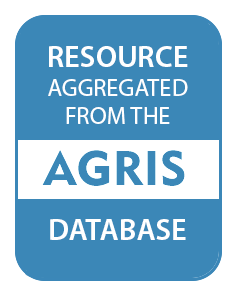Resource information
Soil erosion is one of the major forms of land degradation in sub-Saharan Africa (SSA) with serious impact on agricultural productivity. Due to the absence of reliable data at appropriate resolution and differences in the methods used, there are discrepancies in soil erosion estimates at both continental and basin levels. This study attempts to contribute to the existing regional soil erosion estimates based on a two-stage approach. First, we partitioned SSA into environmental units, so-called similar environmental constraint envelops (SECEs), using broad scale data as proxies of erosion drivers. The SECEs are intended to provide spatial frame for scaling out modeled erosion results. Second, soil erosion estimate is made at two selected basins of the White Volta and the Nile using spatially distributed revised universal soil loss (RUSLE) model. The delineation of SECEs across SSA provided spatially differentiated clusters governed by the existence of similar environmental conditions and soil erosion risk levels. The RUSLE-based estimates show that soil erosion ranges between 0 to 120 t ha⁻¹ yr⁻¹(overall mean of 35 t ha⁻¹ yr⁻¹) in the White Volta basin, and 0–650 t ha⁻¹ yr⁻¹(overall mean of 75 t ha⁻¹ yr⁻¹) in the Nile basin. The soil loss estimates show an overall agreement with other studies conducted in the two basins. Our approach provides guidance on where empirically estimated soil erosion for a given SECE can be extrapolated to similar SECE’s with acceptable confidence and where finer SECE’s sub-units should be defined to further collapse the spatial variability of drivers of erosion.


